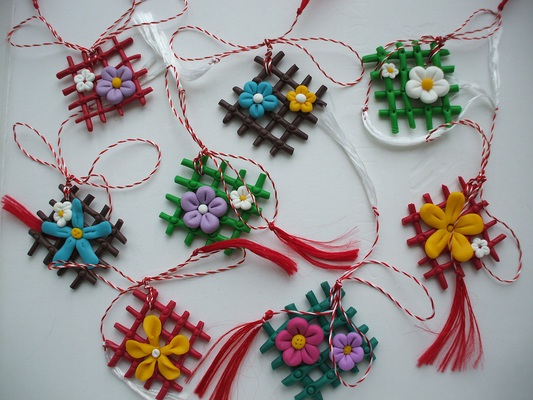Newspaper articles for March 2020 from Scoala Gimnaziala ,,Mihai Eminescu”, Alexandria
A unique place for school pupils: The Robotics Club
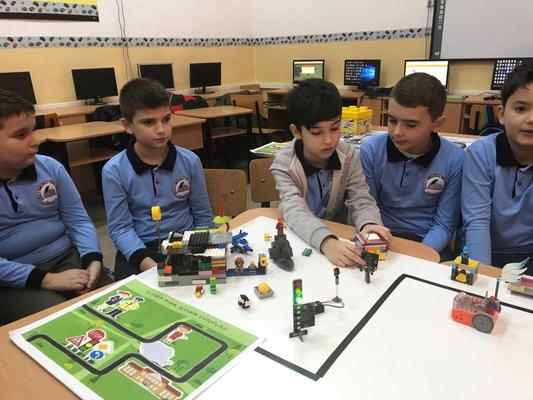
Between children and robots the attraction is a natural one. This is best felt in the Robotics Club of the "Mihai Eminescu" School in Alexandria. Launched as part of the Erasmus + project "Schools coding - robots meting", it aims to introduce students to the mysteries of programming.
At this club, the programming enthusiasts participate, passionately wanting to cultivate their love for technology in a non-formal setting where they can develop their analytical thinking and creativity, the classes being free.
The students are very pleased with this idea and participate with much love and interest in all the activities of the club.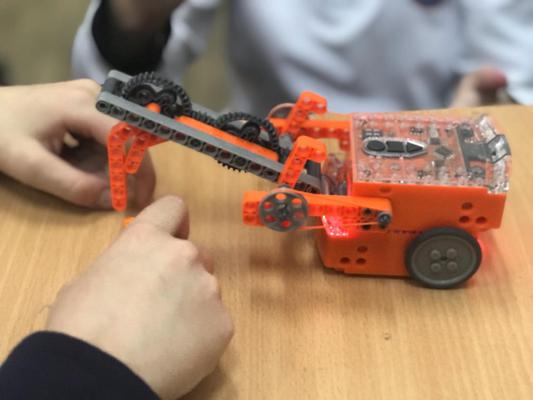
"I come to the Robotics Club because I feel very good here. The Edison Robot is special because it can be programmed to perform several activities such as: to follow the light, to follow a route in the form of a maze, to walk on the line or play a song.
Also, it can be improved with lego pieces and can pick up and carry different objects. Some of the children wanted an Edison robot so much that they wrote Santa to bring their own robot to program it always", says Bogdan Moldoveanu, a passionate student of robotics.
Denis Dumitrache is another passionate programming student: “Robots are my passion. I enjoy spending time with my colleagues at the club. Passion for exact sciences, motivation and ambition unite us. Together with my friends, I learn how to build and program robots. The club helps us decide on a future job, such as a programmer. "
Not only children are thrilled by the Robotics Club.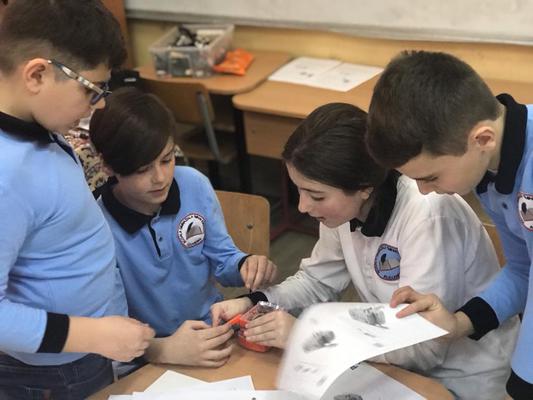
“IT means more than tablets and computer games. The pleasure of children to use technology must be managed responsibly and directed to a creative path. This can be transformed into the ability to create games, build and program robots or to know how to use the internet and computer in daily activities. I like the idea of this club which is unique in Alexandria and represents an advantage for the students of the "Mihai Eminescu" School, considers Mrs. Groseanu Gina, teacher and parent of a student enrolled in the Robotics Club.
Author: Grasa Cãtalin Andrei
„Mihai Eminescu” School, Grade IV A
Original article is available in the online digital newspaper Media Gener@tion
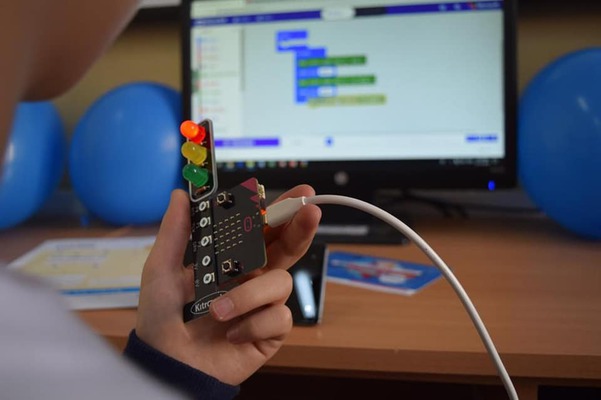
xxxxxxxxxxx
Happy 1st of March from Romania!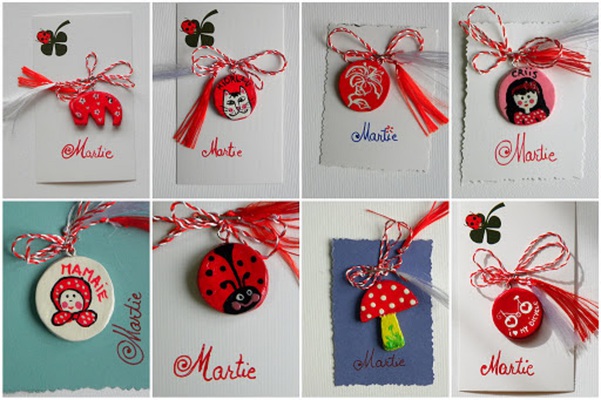
“Mărțișor" is an old tradition celebrated all over Romania every year, on March 1st.The name Mărțișor is a diminutive of March (Martie in Romanian). It is believed that the person who wears the red and white string would enjoy a prosperous and healthy year.
Not long ago, in the countryside, people used to celebrate the Martisor by hanging a red and white string at their the gate, window, cattle's horn and shed to protect against evil spirits and to invoke nature's regenerative power.
In eastern Romania (Moldova and Bucovina), the red and white string was complemented with a small - gold or silver - coin. After wearing the coin for twelve days, the women would buy fresh cheese with it hopping that their skin would be healthy and beautiful the entire year.
According to archaeological research, the Mărțișor traces its history more than 8,000 years ago. Some ethnologists believe that the Mărțișor celebration has Roman origins, others support the theory that it is an old Dacian tradition.
In ancient Rome, the New Year's was celebrated on the 1st of March. March ('Martius') was named in the honor of the god Mars. Mars was not only the god of war but also the god of agriculture, which contributes to the rebirth of vegetation.
The Dacians also celebrated the New Year's on the first day of March. Ample spring celebrations were consecrated to this event.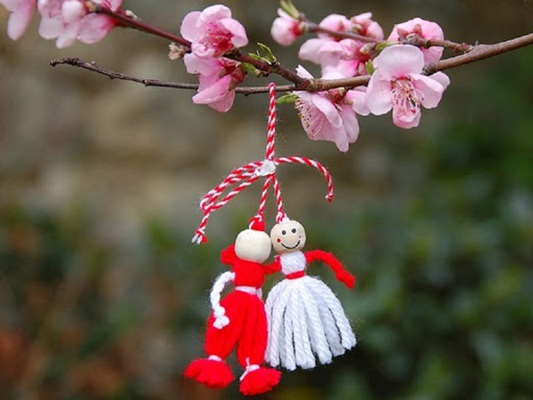
In the old times, Mărțișor were made of small river pebbles, colored in white and red, stringed on a thread and worn around the neck. They were worn, to bring good luck and good weather, from March 1 until the first trees would bloom. When the first trees were flowering the Mărțișor were hanged on tree branches.
Nowadays, on March 1, Romanians buy silky red-white threads (șnur) tied into a bow to which a small trinket is attached and offer them to their (female) family members, friends and colleagues to show friendship, respect or admiration.
The students of our school also made Martisoare. With talent and skill, the students of the preparatory classes, but also those of the primary and secondary school, under the careful guidance of the teachers, made unique pieces of art. They worked on them using different painting techniques as well as assembling, making and gluing. Also, the materials were various, from napkins, pasta and clay to buttons, hooks and others, which they combined as creative as possible,transforming them into really original martisoare. And because we want to bring joy and happiness to everybody around us,we have offered them the little crafty pieces.
The cultural practices associated to the 1st of March in Bulgaria, North Macedonia, Republic of Moldova and Romania (Mărțișor) were inscribed in 2017 on the UNESCO’s Representative List of the Intangible Cultural Heritage of Humanity.
Author: Andreea Popescu – V A
Original article is available in the online digital newspaper Media Gener@tion
